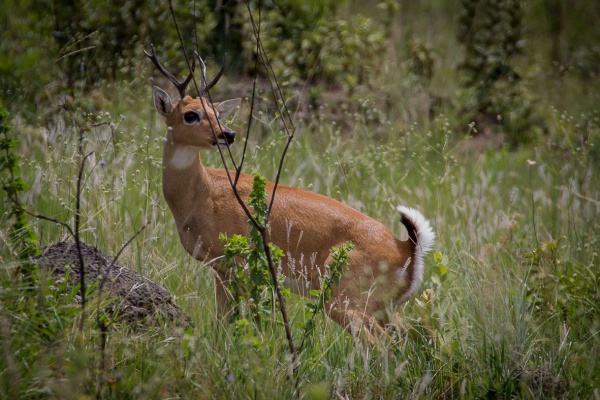Facts About Pampas deer
The Pampas deer, native to South America's lowland grasslands, flourish in environments abundant with water, hills, and grasses. Unfortunately, these deer face severe threats from overhunting and habitat destruction, raising concerns about their declining populations. Their presence is crucial for maintaining the balance of the grassland ecosystem and supporting various other species.
Classified within the New World deer group, Pampas deer migrated from North America to South America approximately 2.5 million years ago. Fossil records document their evolutionary journey into distinct species. These deer exhibit unique behaviors: they stamp their feet when alarmed and engage in distinctive courtship rituals. There are three subspecies of Pampas deer, each with specific physical traits, such as tan fur, short bushy tails, and small antlers.
Regarding their behavior, Pampas deer become particularly social during courtship and mating seasons. Males exhibit dominance through various signals, although they do not claim territories. Their diet primarily consists of fresh green shoots, shrubs, and herbs, although this can vary depending on factors like the presence of cattle in their habitat.
Pampas deer reproduce by giving birth to small, spotted fawns that remain close to their mothers for protection and nourishment. Regrettably, they are at risk of extinction due to habitat loss, hunting, diseases, and competition from other wildlife. Conservation efforts are underway, including legal protections, dedicated reserves, and population monitoring using GPS technology.
Historically, Pampas deer have had a challenging relationship with humans, who extensively hunted them for their pelts, meat, and sport. However, successful conservation initiatives have helped some populations recover. These deer also hold cultural significance, particularly for indigenous South American communities that have traditionally used deer hides and meat.

 Peru
Peru